The SISCO 3 phase rotation meter can withstand a voltage of 4000V per minute, and the test lead is 1 meter long. It is portable and environmentally friendly, equipped with 3 test leads, and the pins can be connected to alligator clips.
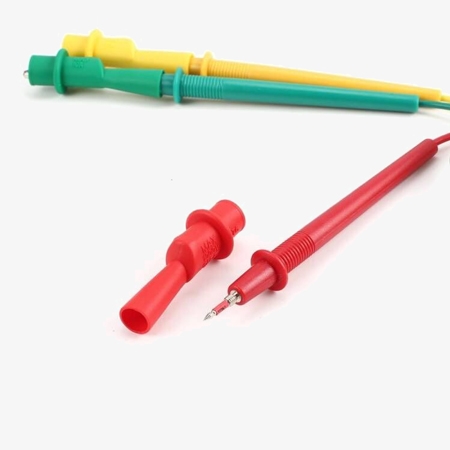
Accurate Monitoring
- The diameter of the first or terminal of the fisheye needle does not exceed 10mm.
- Can detect live electricity/circuit break/phase loss problems.
- Test lead connects to the test pen, yellow corresponds to L1, green corresponds to L2, and red corresponds to L3.
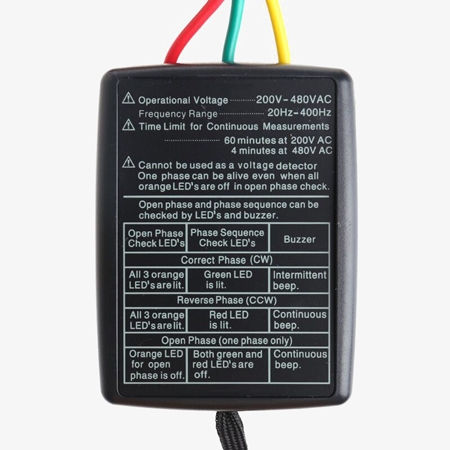
Easy to Operate
- PC material shell is safe and durable.
- The product design meets the CAT600V safety standard.
- With a wrist strap, it is portable.
Applications
The application scenarios of phase sequence meters are very wide, covering multiple fields from basic power system debugging to complex industrial control systems. It has a wide range of applications in multiple fields. It not only ensures the correct operation of the equipment but also improves the safety and efficiency of the system. With the continuous advancement of technology, the functions of the phase sequence meter will be more diversified in the future, and its application in various fields will become more popular and important.
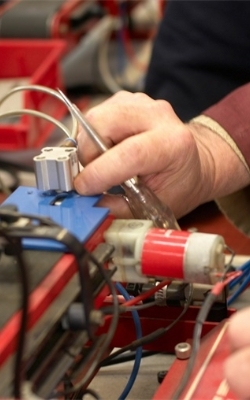
Equipment Maintenance
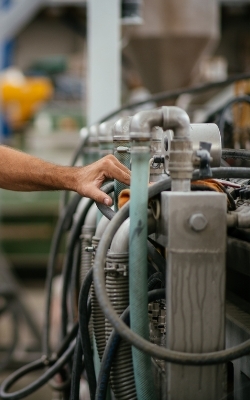
Factory Area
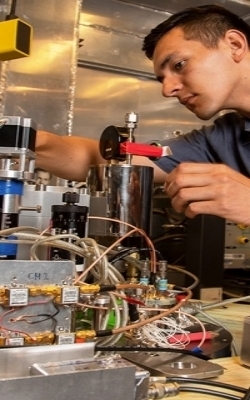
Teaching Experience
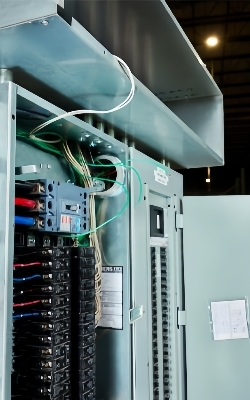
Electrician Field
| Model | SISCO-PRM-SP8030 |
| AC Voltage | 60~600V |
| Test Frequency | 20~400Hz |
| Power Supply | No batteries required |
| Test Cable Length | 80cm |
| Dimensions | 98mm×67mm×26mm |
| Weight | 200g |
Packaging List
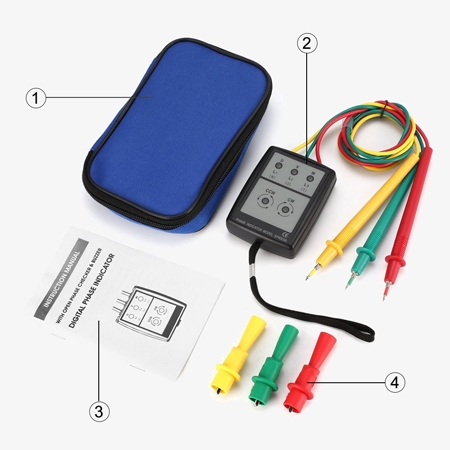
- Portable Fabric Bag
- Host, Test Leads, and Pen Meter
- Instructions
- Test Clamp
Q1: What factors can affect the phase rotation meter?
A1: The measurement accuracy and stability of the phase sequence meter may be affected by many factors. First, an unstable power supply or voltage that is too high or too low may cause deviations in the measurement results of the phase sequence meter. Secondly, circuit board aging, component damage, etc. may affect the normal operation of the phase sequence meter. In addition, sensor failure or damage will not be able to correctly detect the phase sequence information of the power supply. Of course, human errors in equipment settings or operating methods can also lead to measurement errors.
Q2: How does a phase rotation meter work?
A2: The working principle of the phase sequence meter is based on the detection and processing of three-phase voltage or current signals. It determines whether the phase sequence is correct by comparing the phase difference between the three-phase voltages. Common phase sequence detection algorithms include those based on zero-sequence detection and those based on positive and negative sequence components. When the phase sequence is correct, these algorithms will output corresponding signals to indicate that the phase sequence is correct; otherwise, they will indicate that the phase sequence is wrong.
Q3: What technical parameters should be paid attention to?
A3: The technical parameters of the phase sequence meter include but are not limited to input voltage range, power supply voltage, meter size, weight, ambient temperature, humidity, etc. These parameters are crucial for evaluating the performance and application scope of the phase sequence meter. In addition, the phase sequence meter must also have a certain insulation strength and anti-interference ability to adapt to different use environments and ensure the safety of operators.
Tips: How often should I calibrate my phase rotation meter?
The calibration period of the three phase sequence indicator should be determined based on actual usage and specific technical requirements. While some standards may provide general guidance, the final decision needs to be based on the actual operating conditions and frequency of use of the equipment. To ensure the accuracy and reliability of the equipment, calibration procedures should be strictly followed, and the calibration cycle should be adjusted in a timely manner when necessary. In general, the calibration of a phase gyroscope should be considered under the following circumstances:
- After installing new equipment or replacing parts, make sure the equipment is installed and configured correctly according to the manufacturer's specifications.
- Significant changes in temperature and humidity may affect the performance of the equipment and may require periodic calibration.
- Performance issues, such as detected signal degradation or out-of-spec performance, should prompt calibration.
- Perform periodic calibrations according to the manufacturer's recommendations.
- After software or firmware updates, such changes may affect the configuration and performance of the device.
Thank you for buying industrial test and measurement equipment on SISCO.com, all products sold by SISCO and the partner cover a 12 months warranty, effective from the date of receiving the products.
What is covered?
SISCO is responsible for providing free spare parts, and free technical support to assist the customer to repair the defective products until the problem is solved.
What is not covered?
- Product purchased from anyone other than a SISCO store or a SISCO authorized reseller.
- Expendable parts.
- Routine cleaning or normal cosmetic and mechanical wear.
- Damage from misuse, abuse or neglect.
- Damage from use of parts other than SISCO approved.
- Damage from use outside the product’s usage or storage parameters.
- Damage from use of parts not sold by SISCO.
- Damage from modification or incorporation into other products.
- Damage from repair or replacement of warranted parts by a service provider other than a SISCO authorized service provider.
- Damage caused by the application environment not meeting the product usage requirements and the failure to perform preventive maintenance.

